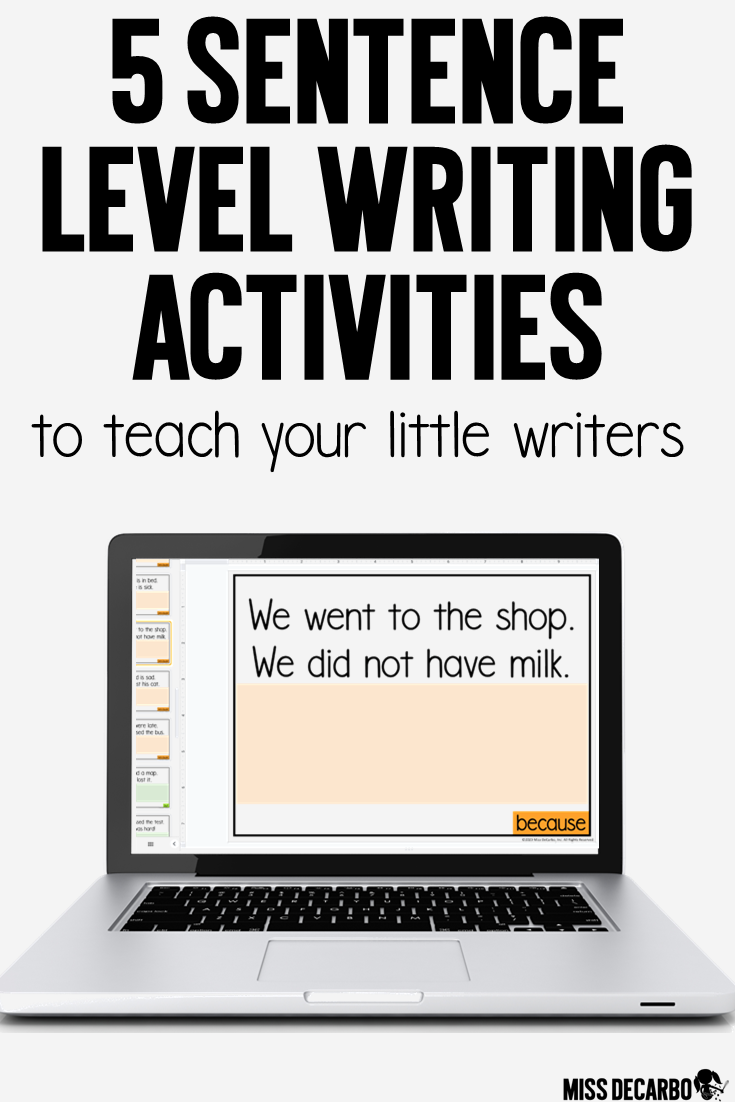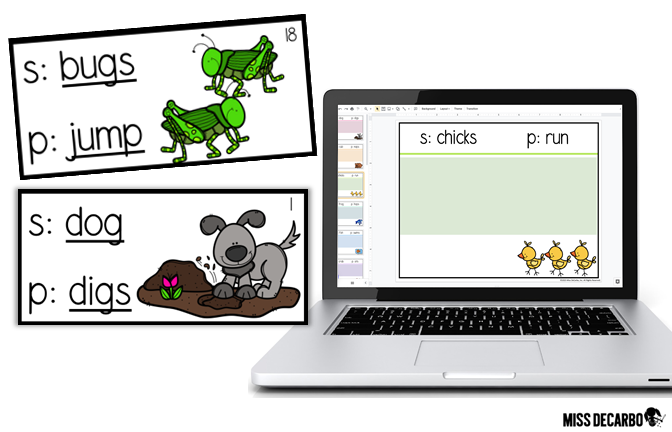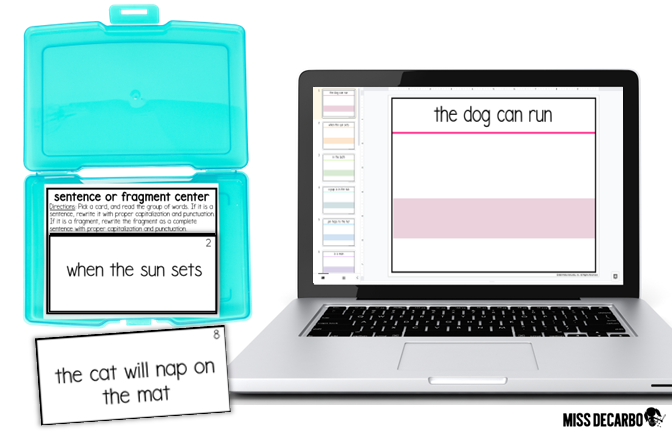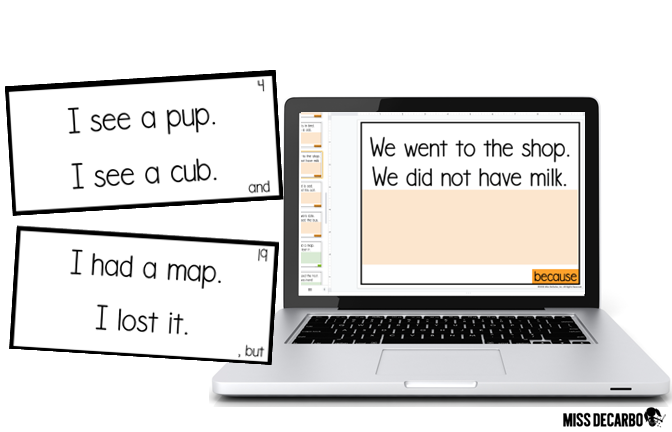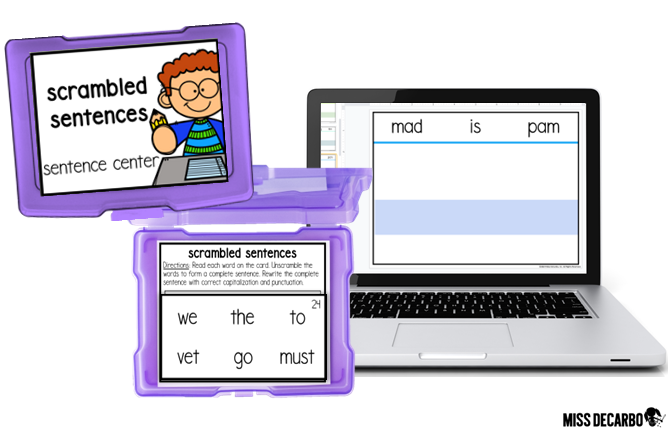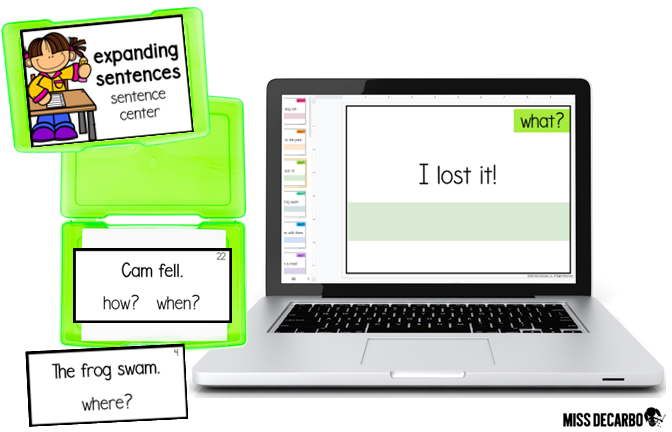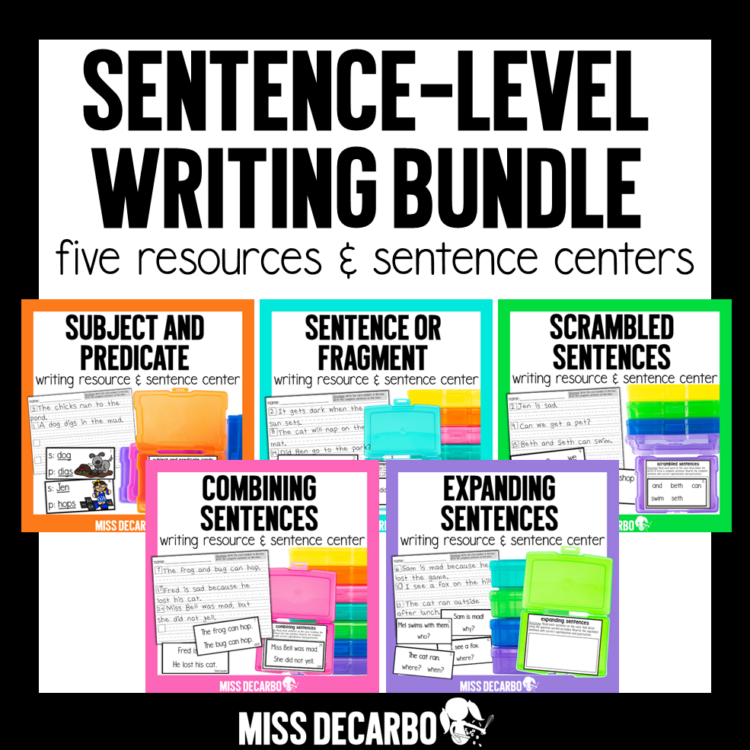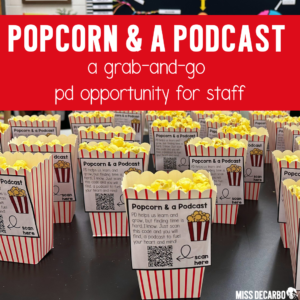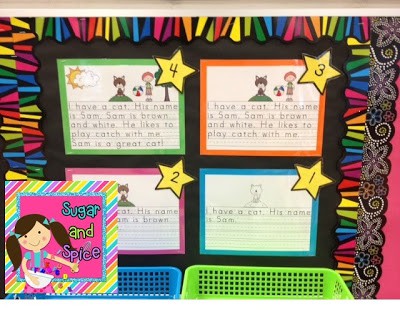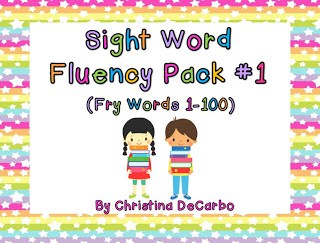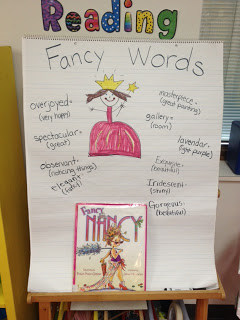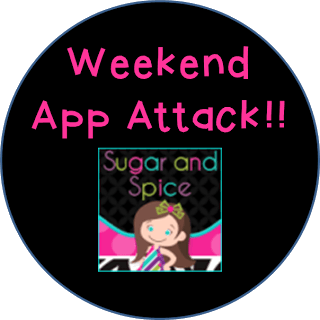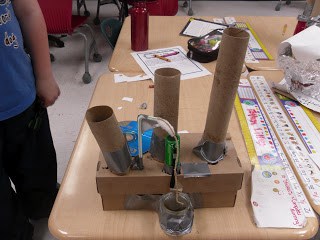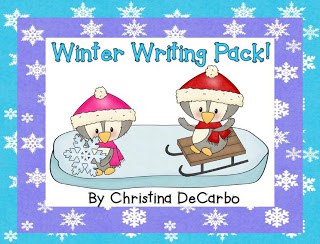5 powerful Sentence Level Writing activities for students
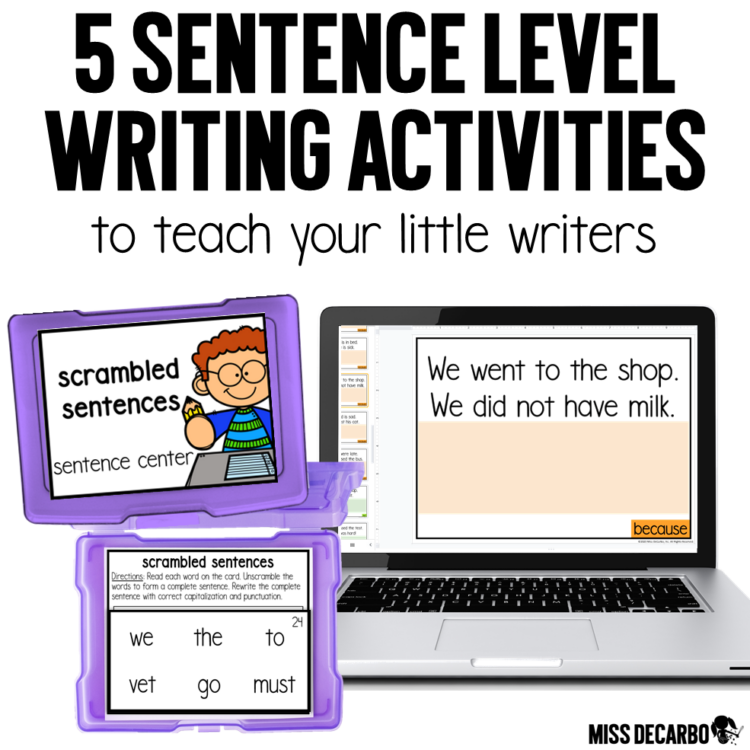
Sentence level writing work is essential for students of all ages. After all, sentences are the building blocks of writing. Explicitly teaching students how to write complete sentences is vital to their success as writers.
No one explains the importance of the sentence better than the authors of The Writing Revolution – Judith C. Hochman and Natalie Wexler. If you’re looking for a book that gives you a framework for direct and explicit instruction to teach students how to write, this is the book you do not want to miss! In this blog post, I’ll share some simple sentence level writing work that you can start using with your students. I’ll also share an amazing sentence-level writing resource that will get you started on your journey right away!
Within this list, you’ll find some Amazon affiliate links, which means Amazon throws a few cents my way if you happen to purchase something from those links – at no extra cost to you. I hope you find the links convenient and helpful!
subject and predicate work
In order for students to write sentences, they have understand that a sentence is composed of a subject and a predicate. You can explain this in very simple terms to little ones. The subject is the naming part: who or what? The predicate is the telling part: what is the subject doing? Let’s take the simple sentence: The dog ran. Ask students, “Who is the sentence about? The sentence is about the dog, so the dog is the subject. Then ask, “What did the dog do?” The dog ran, so ran is the predicate.
Sentence level work with subjects and predicates can be as working together to create a complete sentence when given the subject and predicate. Here are some examples below. You can give the students the subject and predicate using cards such as the ones on the left and do this digitally as a class.
In the photograph above, students can create all kinds of wonderful sentences using the given subjects and predicates. The bugs jump. Two bugs jump. The green bugs jump. The dog digs. The little dog digs. The chicks run. Three chicks run.
Understanding that every sentence contains a subject and a predicate will help your writers not only understand what a complete sentence is, but it will help them create and compose sentences of their own. This sentence-level work is important to the foundational skills of your writers.
sentences and fragments
After students understand that a sentence is composed of a subject and a predicate, we can help them identify fragments and turn fragments into complete sentences. Sentence level work should always be done orally before it is written, so you can verbally tell students a fragment and work together to turn it into a sentence. For example, “at the park” can be changed to, “I was swinging at the park.”
When your students are ready, move this work to the written level. Provide a mix of fragments and sentences. If it is a fragment, students will correct it by turning it into a complete sentence and then rewrite it using correct capitalization and punctuation. If it is a complete sentence, students will need to rewrite the sentence using correct capitalization and punctuation. Using my Sentences and Fragments Writing Resource can help you teach and practice this skill before you start to weave your own learning content into your writing work. You can see a preview of this Sentence and Fragment resource from my bundle below:
combining sentences
Teaching students how to combine two sentences into one sentence helps them lift the level of their writing complexity. It also eliminates “choppy” writing and helps students learn how to use conjunctions such as and, but, for, or, and yet. You can explicitly show students how to combine sentences by writing two complete sentences that are connected. For example: Jan has three dogs. Jan has four cats. Introduce conjunctions to your students one at a time, and show students how you can combine those two sentences into one: Jan has three dogs and four cats. Repeated practice and explicit modeling will be powerful! Take a look at the task cards and the digital slide shown below. Can you think of ways you can combine each exercise into one sentence?
Notice how the cards and slides from my Combining Sentences resource help scaffold this skill for students by giving them the conjunction they can use in the bottom right-hand corner. For the first task card in the photograph above, we can combine the two sentences into one: I see a pup and a cub. The second task cards can be combined to read: I had a map, but I lost it. (All task cards are available in a digital format such as the one displayed on the computer screen above.) For the digital example, students use the conjunction because. They may write: We went to the shop because we did not have milk. I love these writing resources because they can be first completed as a whole-group or in a small-group, and later used as independent or partner writing centers!
unscramble sentences
Another sentence level writing activity that you can use with your students is unscrambling sentences. Unscrambling sentences helps students understand what a complete sentence is, improves their syntax (word order), and provides the opportunity to reinforce proper capitalization and punctuation. When you give students sentences to unscramble, make every word lowercase so that the students have to work on their revision skills when they rewrite the unscrambled sentence with a capital and period. Can you unscramble the sentences in the photograph below? These task cards and digital slides come from my Scrambled Sentences Writing Resource within my Sentence Level Writing Bundle.
expanding sentences
The final sentence level writing activity that we’ll discuss in this blog post is helping students expand sentences. Teaching students how to expand their sentences will help them add details to their writing. It will also help them write sentences that are more sophisticated. We can scaffold this work for students by giving them the questions they need to answer in order to expand each sentence. Take a look at how this is done within my Expanded Sentences Writing Resource:
In the task card that is shown within the box, students must answer two questions to expand the sentence. An anticipated response might be something like, “Cam fell on the playground this morning.” Another anticipated response might be, “Last night, Cam fell off of her bike.” In the second task card, students must answer the question “Where?” in order to expand the given sentence. Students might write something such as, “The frog swam in the pond.” On the digital slide, students are asked to answer the question, “What?” for the sentence: I lost it. They could write: “I lost my toy.” or “I lost my favorite stuffed animal.”
Sentence level writing bundle
Using these writing task cards and slides as a whole class can help you explain the concept to your students before asking them to do this with complex content in social studies and science. Provide explicit instruction when it comes to sentence writing by displaying the task cards or digital slides and working through the sentence level work with your students through modeling, scaffolding, and eventually with independent practice.
With my Sentence Level Writing Bundle, I’ve done all of the work for you so that you can provide explicit instruction for subject and predicate, sentence or fragment, scrambled sentences, combining sentences, as well as expanding sentences. Each one of these sets gives you a short question for your students to use to create their own sentence and write it on their recording sheet. You can also have students write on dry-erase boards if you are using it as a whole class activity. It’s a perfect addition to your small group time, as well as low-prep! It also includes DIGITAL SLIDES, so you can easily display the sentence level work for the whole group!
Learn More about sentences!
From time to time, I set out grab-and-go “pd snacks” for the teachers and staff at my school. These snacks contain a QR code for a helpful or interesting podcast episode that they can learn from, reflect on, and listen to! This month, our grab-and-go snack featured a podcast interview with Melissa and Lori Love Literacy. The authors, Judith C. Hochman and Natalie Wexler, talk a little bit about their book, and the six different principles in their method that can be used with ALL teachers in all subjects. They discuss their writing approach, and how writing instruction can be such a powerful tool. This interview is a great way for you to learn a little bit more about The Writing Revolution and their approach to getting all students to express themselves through written language. This podcast episode can help share information about how important it is to work on sentence level writing activities with students of all grade levels.
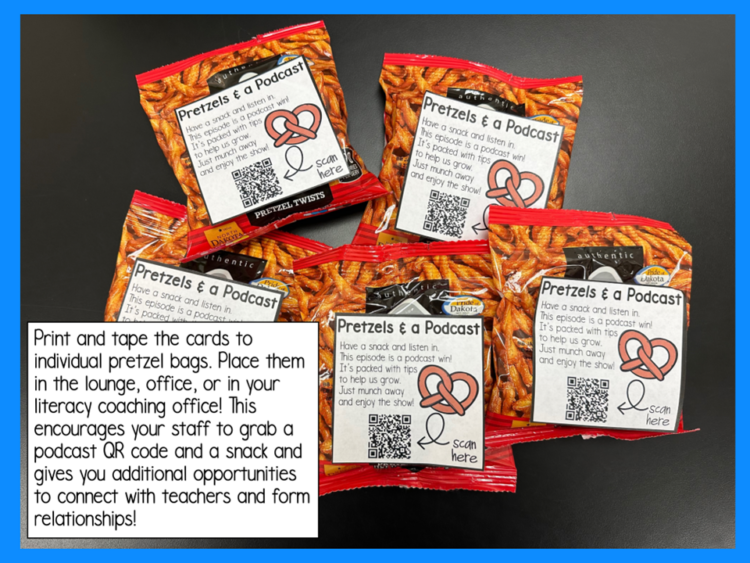
Would you like to use the pretzels and podcast cards that I created with your staff? You can download my printables for FREE! This free file will download as a PowerPoint file, so that you can add your own QR code to the cards.
Sign up for my e-mail newsletter, and I’ll send these FREE and EDITABLE pretzels and a podcast cards directly to your inbox! Don’t forget to check your spam and your promotions tab. Sometimes the freebies can get lost in there!
Want more grab-and-go pD tags?
Find more grab-and-go PD snack tags in the following blog posts:
Share with your colleagues!
Feel free to share this blog post with your literacy coach, instructional coaches, administration, team leaders, or colleagues by pinning the image below! Use it to help them understand more about the power of sentence level writing work!
